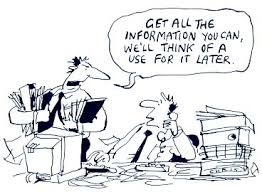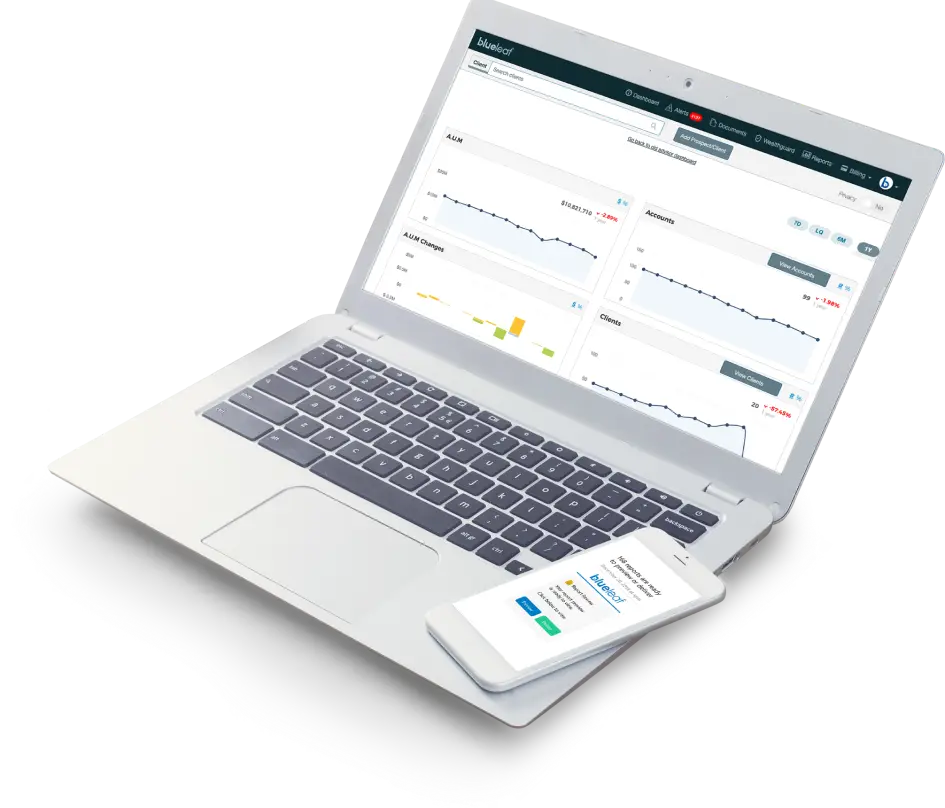Last Updated on April 6, 2023 by John Prendergast
“I’m all in,” said Mr. Jones.
Hold on a minute people. I see all you poker players reaching for your chips… this isn’t a game of Hold’em. These are the words of a client when he’s found the advisor he can trust to manage ALL of his assets. When used in this context, these three words may as well come with sunshine, a beach and a margarita… because to most advisors, this is heaven.

Stop and think about this for a minute. If each of your clients were to come to you and say that they wanted you to manage their entire portfolio, do you have any idea how many additional assets that would bring you? Well, you should, because that’s some really low hanging fruit.
Unfortunately, the larger a client book an advisor manages, the less likely he or she is to know exactly how much additional AUM is left on the table. This isn’t the case for all advisors, but certainly the majority. Hmm… there seems to be a huge competitive advantage hidden in here.
Many advisers would say that they get a feel for the total assets held away by looking at hard copy statements brought in by clients at review time. A note might then be added to their CRM file, but that’s as far as it goes.

Never seeing everything in one place makes it hard to analyze client risk, allocate investments appropriately and overall, provide sound advice at a comprehensive level. And without such advice, clients may never feel comfortable enough to transfer all of their assets over to one advisor. In the end there is a huge impact on the bottom line if this lack of clarity exists in your business.
In the past, the reason was that the tools weren’t available. That excuse no longer holds any water with the advent of the various tools that exist today, such as data gathering account aggregation software, client portals for easy viewing of clients’ complete financial picture, integrated systems to allow for this data to be automatically pulled into financial planning software, etc.
So what’s the roadblock?
Where is the disconnect that prevents all advisors from being “the one” with their clients, the go-to investment manager?
With these tools now readily at the advisor’s disposal, most of which are not only affordable but end up paying for themselves (check out: Getting ROI from Account Aggregation), it certainly isn’t a lack of technology or budget that’s holding back the industry. And according to the recent article in Advisor IQ titled The Soft Sell Works Wonders With Held-Away Assets, it’s not investor confidence in the market either. Then what could it be?
Well, there are a few finer points that will seal the deal when it comes to clients consolidating their assets with one advisor:
1) Service the assets first before managing them directly, and
2) Adhere to a seamless process when it comes to interacting with clients using the tools mentioned above.
Clients aren’t looking for you to sell them on why you should be the one to manage their assets. They may be generally more comfortable with the uptick in the market in 2013, but they are still somewhat weary of the industry as a whole. In this case, actions definitely speak louder than words. Show them you care and the door swings wide open.
This stems from the concept of soft-selling and the old adage, “clients don’t care how much you know, until you know how much you care.” By utilizing these account aggregation and data gathering tools to cater to the individual needs of each client, it will soon be clear to the client whose interest you are looking out for.
Being curiously engaged in what the clients want and what they really care about is the first step in earning their trust. Interacting with them in this manner can go a long way in having them feel comfortable with you managing all of their assets. Combine these soft skills with a seamless system that pulls in all of their assets into one place, and you are well on your way to winning over each new client, and maybe even a few prospects too!
So now that the relationship is up to par, it’s time to figure out all that new technology to make sure your process is consistent, and you are comfortable using your newly implemented account aggregation, data gathering and performance reporting tools. If you want to make it easy, Blueleaf can help… the truth is that as powerful and sophisticated as these tools are, they’re pretty easy to master with a little support and the right setup.
